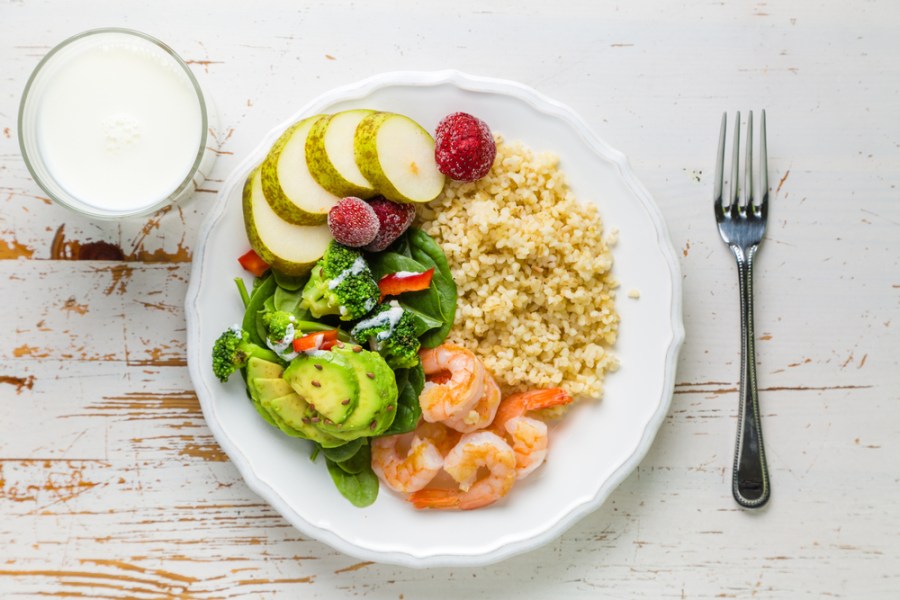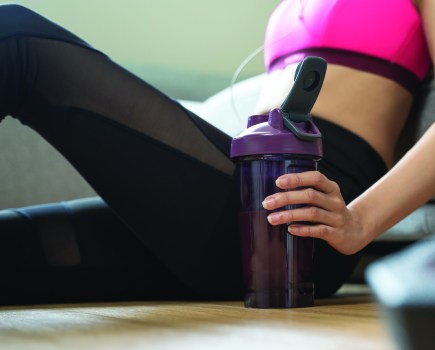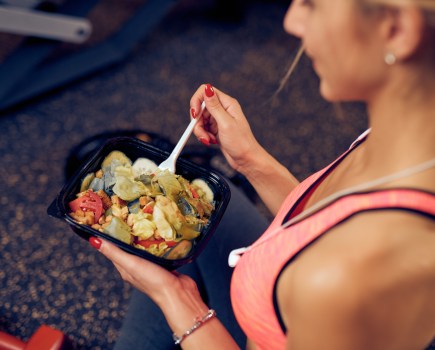It can be easy to underestimate the amount of calories we consume and overeat without realising it. Know what food portions you need and you’ll avoid unexpected weight gain.
Even healthy foods can lead to weight gain if you eat more than you need. At the same time, we need healthy foods and we need to ensure we are getting enough fruit and vegetables to stay healthy.
But, do you know what makes up one portion of your five a day? The answer is 80g. But if you don’t have access to a set of kitchen scales, what does this actually look like when you’re holding a piece of fruit or veg? 80g is the equivalent to the following fruit portions:
Small-sized fresh fruit
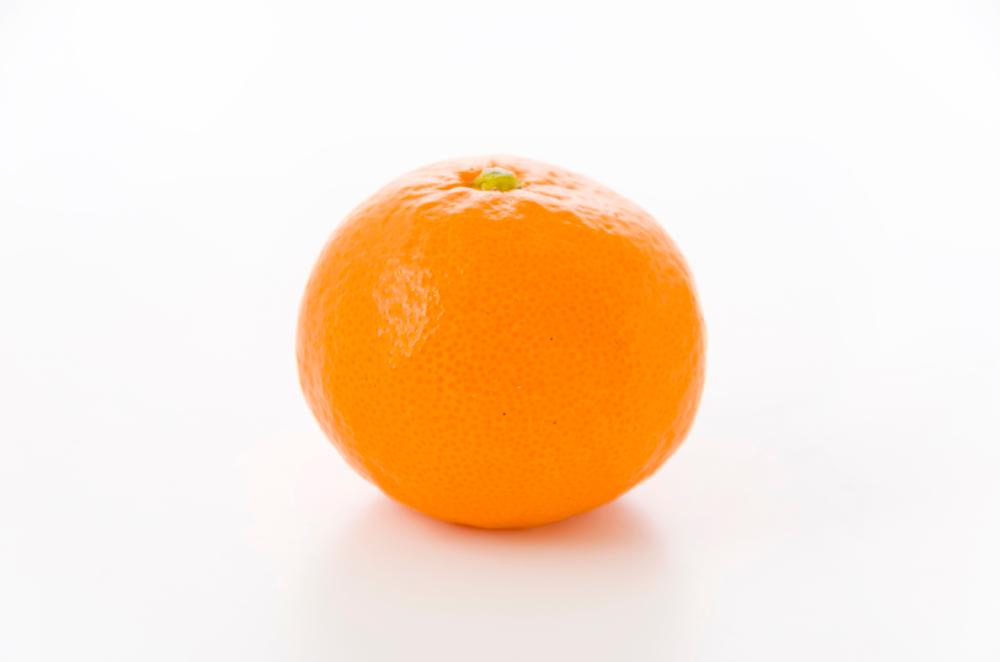
One portion is two or more small fruit, for example two plums, two satsumas, two kiwi fruit, three apricots, six lychees, seven strawberries or 14 cherries.
Medium-sized fresh fruit
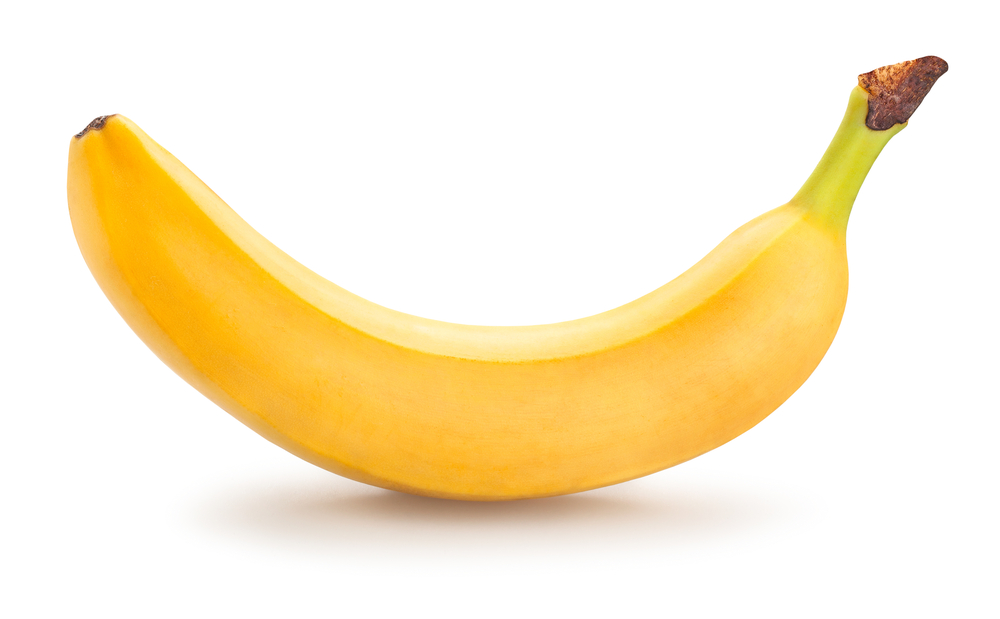
One portion is one piece of fruit, such as one apple, banana, pear, orange or nectarine.
Large fresh fruit
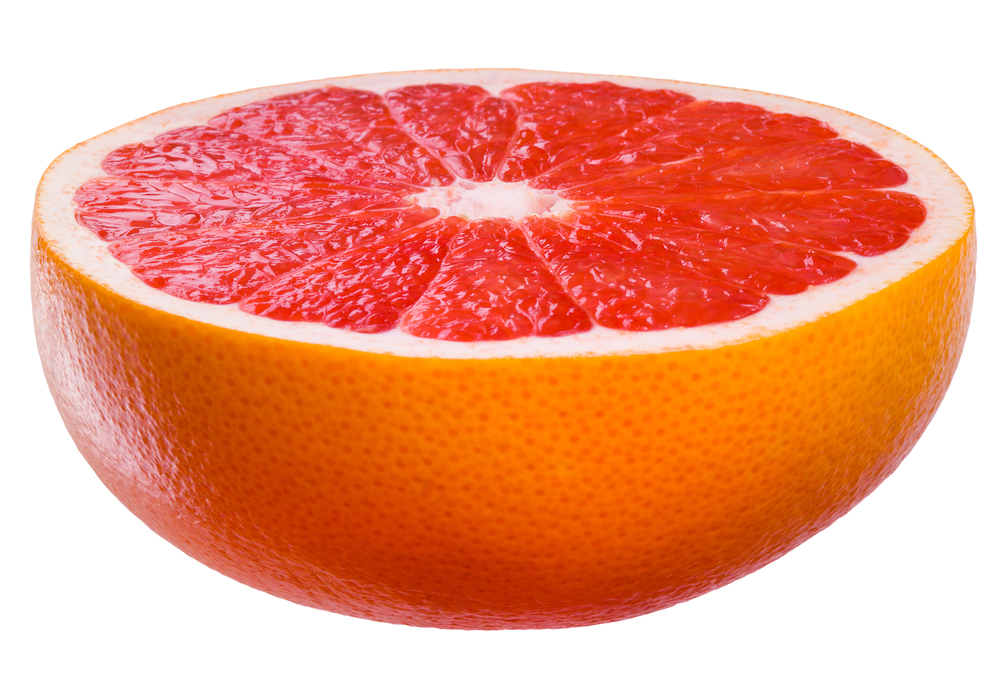
One portion is half a grapefruit, one slice of papaya, one slice of melon (5cm slice), one large slice of pineapple or two slices of mango (5cm slices).
Dried fruit
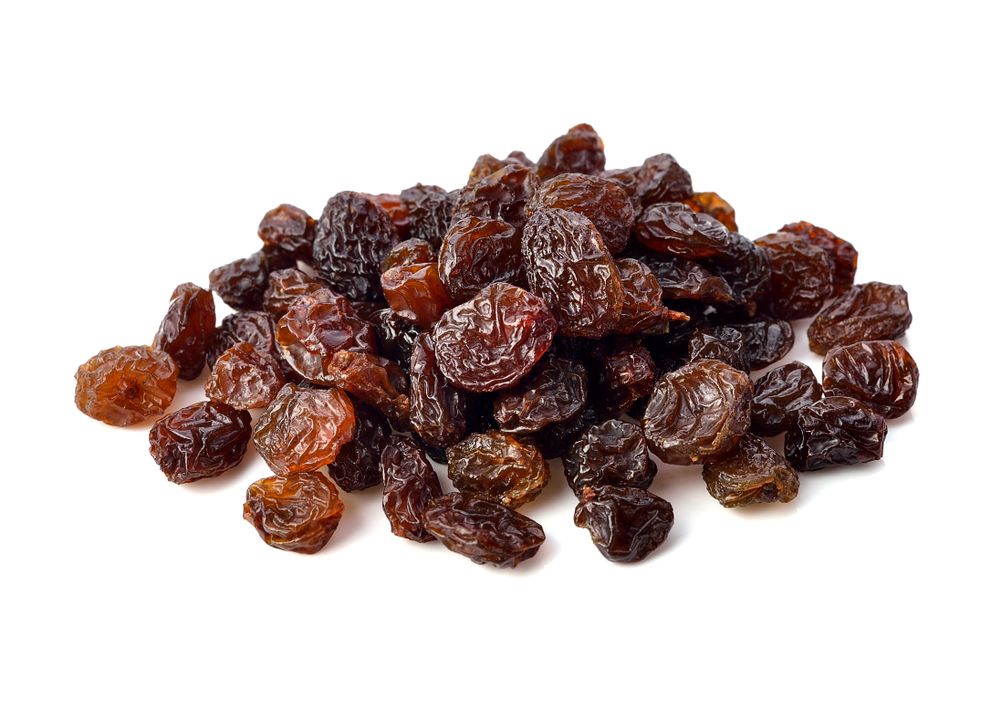
A portion of dried fruit is around 30g. This is about one heaped tablespoon of raisins, currants or sultanas, one tablespoon of mixed fruit, two figs, three prunes or one handful of dried banana chips. Bear in mind that dried fruit is high in sugar and is bad for your teeth so try to swap it for fresh fruit. Or the following vegetable portions:
Green vegetables
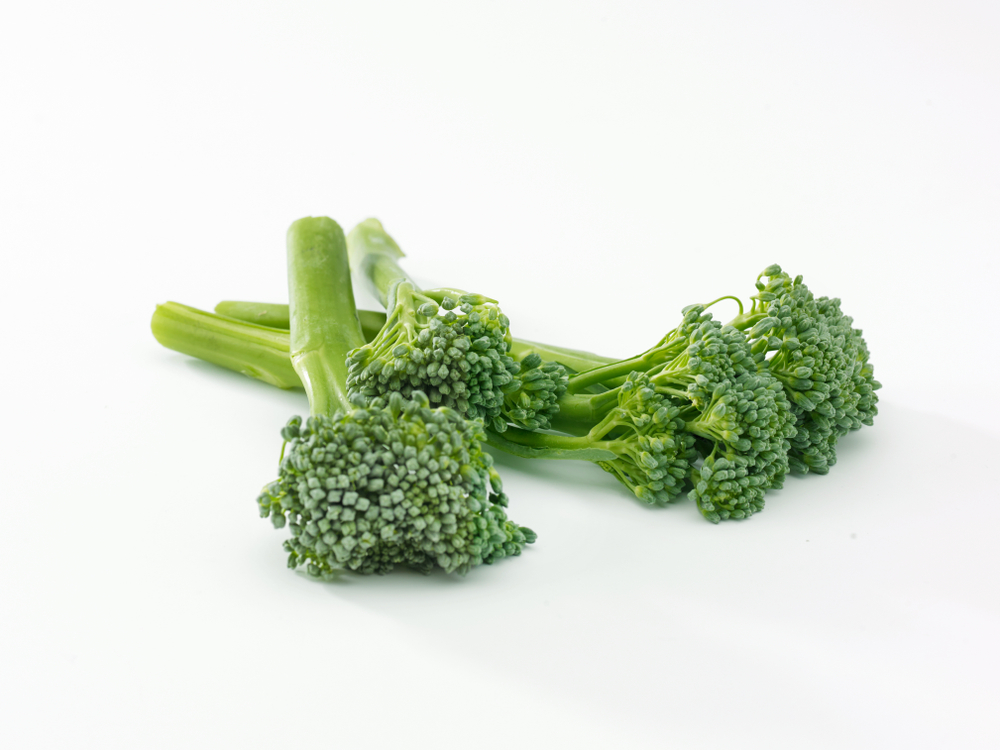
Two broccoli spears or four heaped tablespoons of cooked kale, spinach, spring greens or green beans count as one portion.
Cooked vegetables
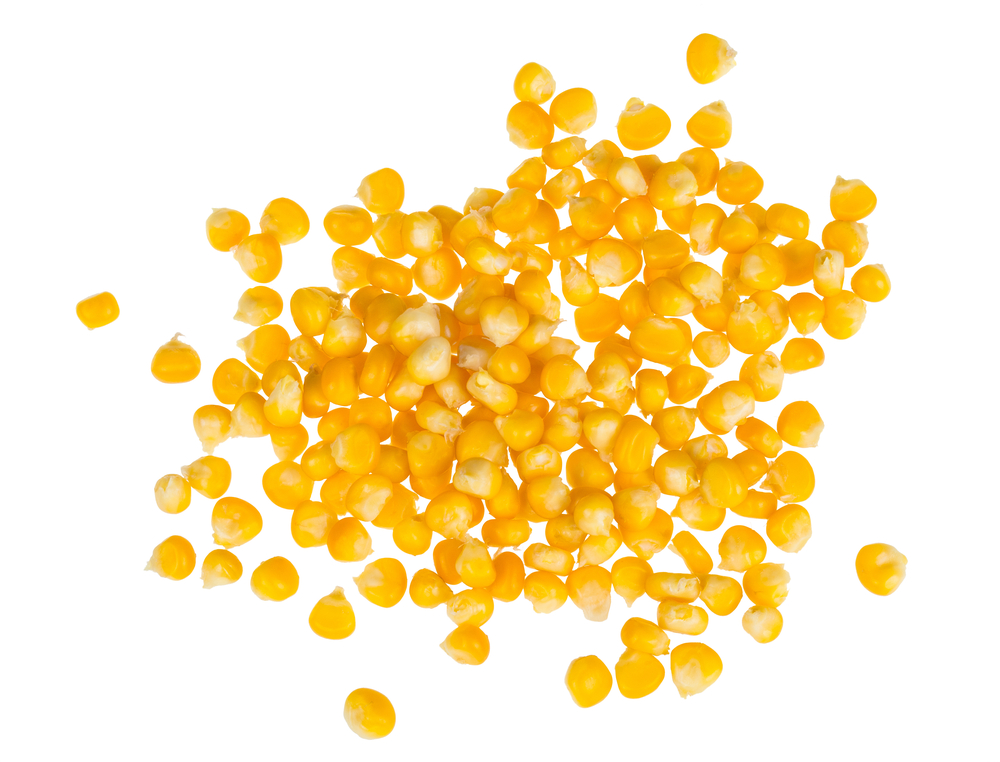
Three heaped tablespoons of cooked vegetables, such as carrots, peas or sweetcorn, or eight cauliflower florets count as one portion.
Salad vegetables
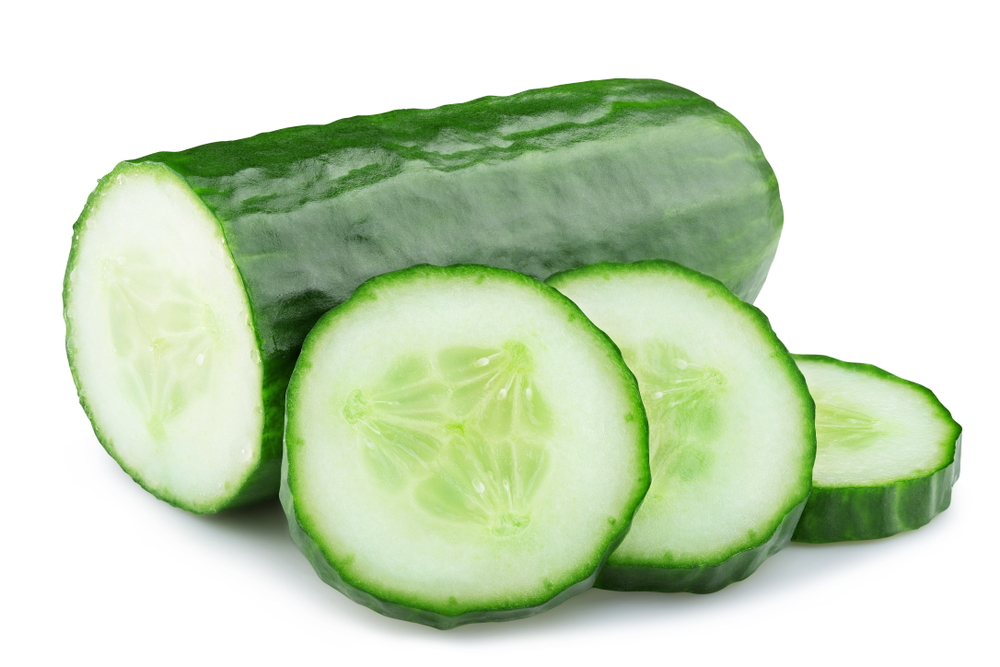
Three sticks of celery, a 5cm piece of cucumber, one medium tomato or seven cherry tomatoes count as one portion.
Tinned and frozen vegetables
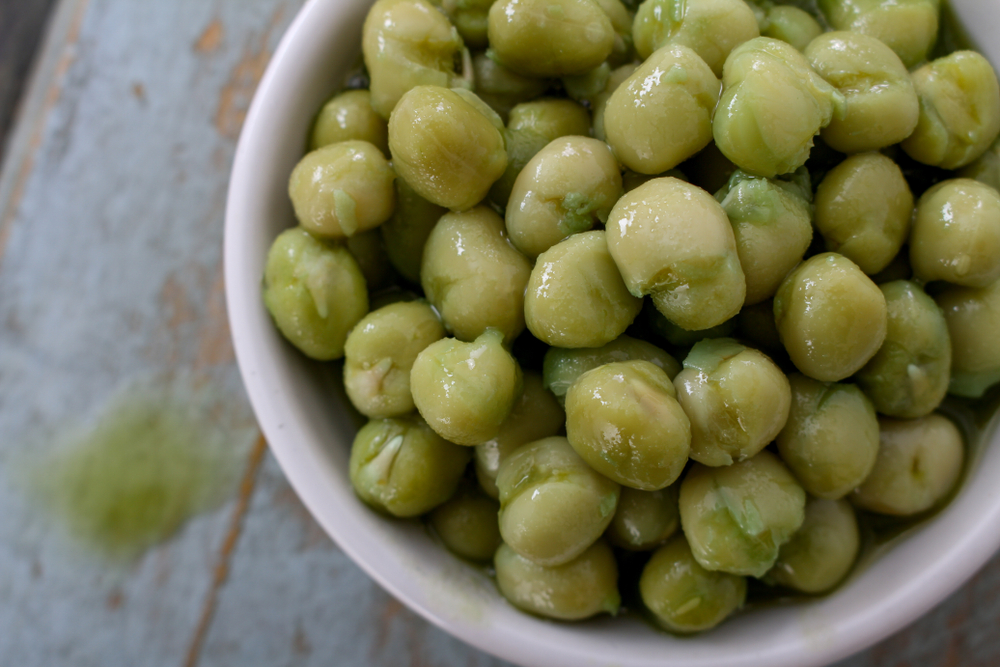
Roughly the same quantity as you would eat for a fresh portion. For example, three heaped tablespoons of tinned or frozen carrots, peas or sweetcorn count as one portion each. For tinned, choose those canned in water, with no added salt or sugar.
Pulses and beans
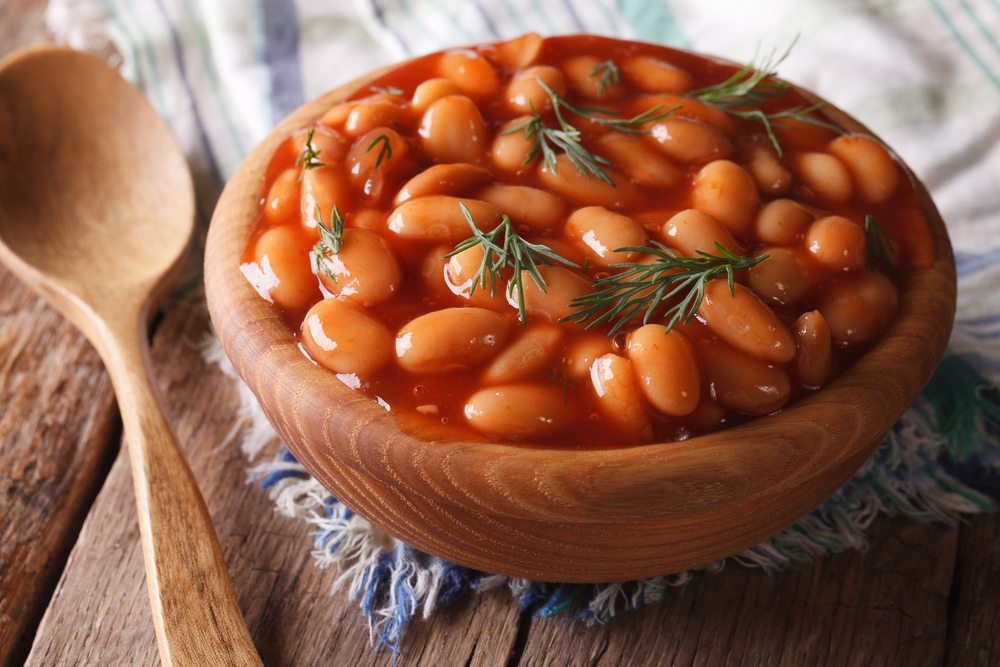
Three heaped tablespoons of baked beans, haricot beans, kidney beans, cannellini beans, butter beans or chickpeas count as one portion each. Remember, however much you eat, beans and pulses count as a maximum of one portion per day.
One 150ml glass of unsweetened 100% fruit or vegetable juice
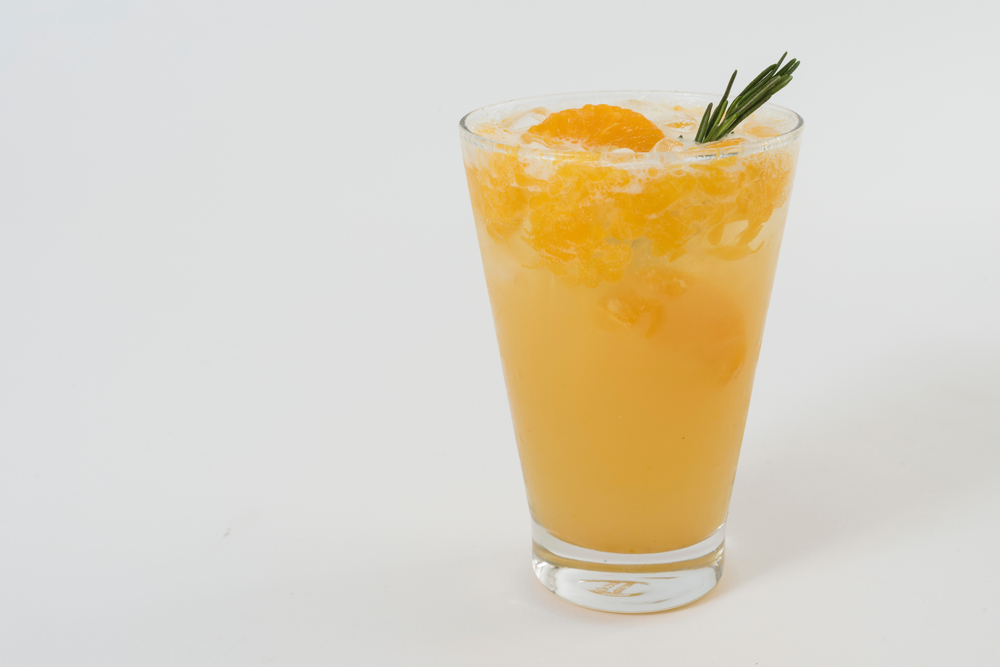
Only one glass counts, so further glasses of juice don’t count towards your total 5 a day portions. Even unsweetened fruit juice is sugary, so limit your intake to no more than one glass (about 150ml) of fruit juice each day.
What about the food portions on your plate?
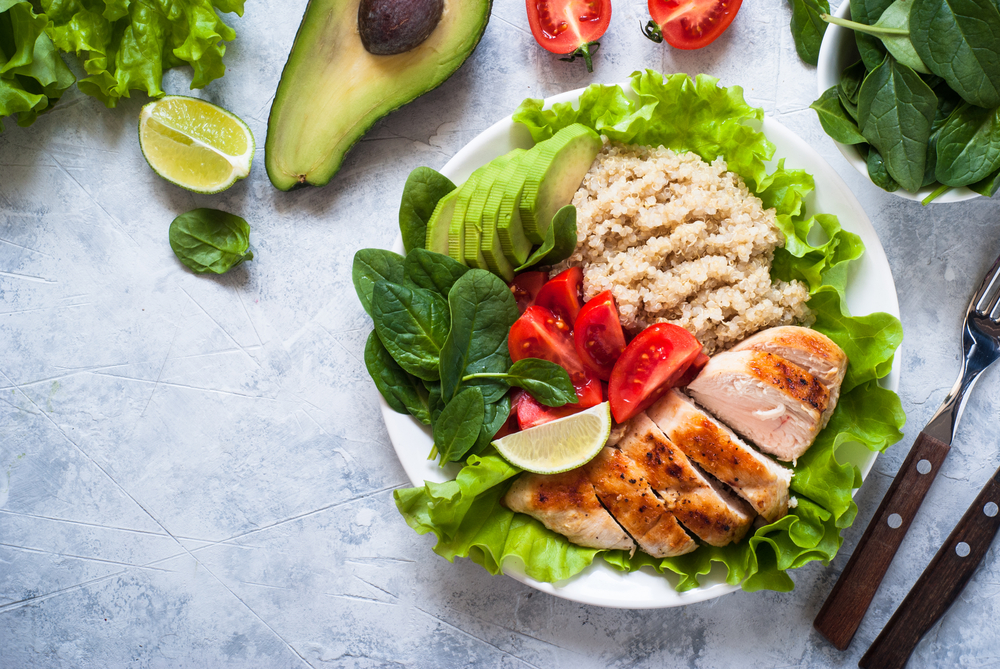
Make sure you choose portion sizes carefully. Here are the NHS recommended guidelines for the appropriate portion sizes for some healthy foods:
Lean meat or oily fish – 80g or the size of a deck of cards
White fish – 150g or the size of a cheque book
Pasta and rice – 150g or the size of a tennis ball
Potatoes – 180g or the size of a computer mouse
Cheese – 30g or the size of a standard matchbox
Butter – 5g or the size of a teaspoon
Olive oil – 11g or the size of a tablespoon
What about the balance between carbs, protein and fats?
As a general rule, between 10 per cent and 15 per cent of your total calories should come from protein. So, if you consume 2,000 calories per day, at least 200 should come from protein, or about 50 grams. You should try to eat around one gram of protein per one kilogram of body weight, or around 0.4 grams per pound.

